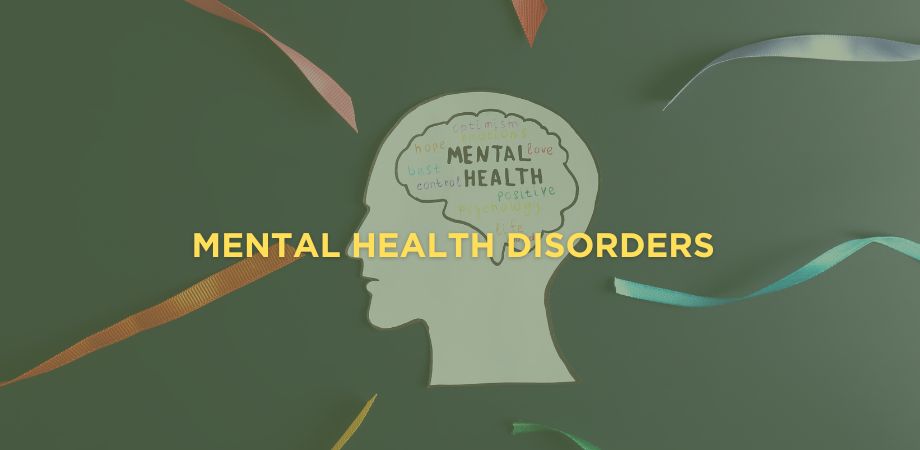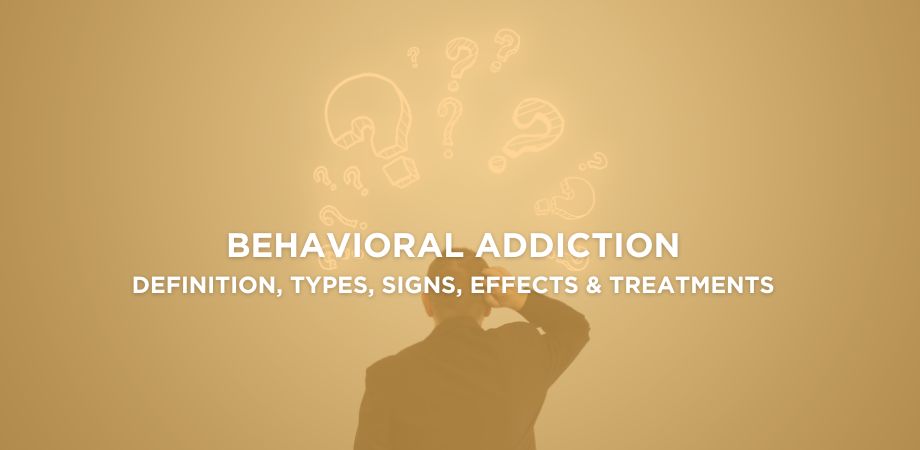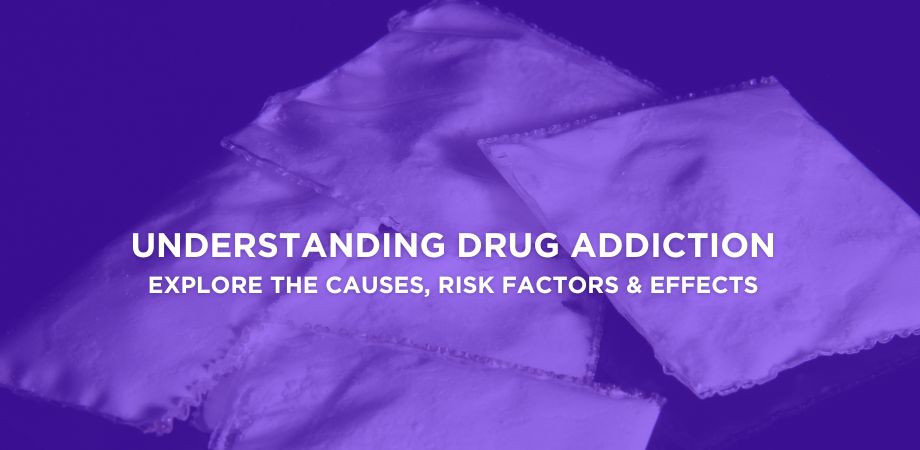Alcohol addiction is a chronic condition where an individual compulsively consumes alcohol despite harmful consequences. The 2019 National Drug Use Survey in India documented alcohol as the most prevalent psychoactive substance, with 14.6% of people aged 10-75 using it, including 5.2% (over 5.7 crore individuals) with problematic use and 2.7% dependent. Male use was 27.3%, female use was 1.6%, and youth (10-17) use was 1.3%.
The main causes of alcohol addiction include genetic predisposition, with studies showing heritability estimates of 50-60%, alongside environmental influences such as peer pressure, early exposure, and stress-related coping, according to Verhulst et al. 2015 “The heritability of alcohol use disorders: A Meta-Analysis of Twin and Adoption Studies .”
The common symptoms comprise intense cravings, loss of control over drinking, neglect of responsibilities, and withdrawal effects such as anxiety, sweating, and tremors.
The primary effects encompass physical, psychological, and social aspects. Long-term use increases the risks of liver cirrhosis, cardiovascular disease, depression, and strained relationships.
The main treatment options are de-addiction programs, detoxification, behavioural therapies such as Cognitive Behavioural Therapy (CBT), medications like naltrexone and acamprosate, and support groups including Alcoholics Anonymous.
The recovery process emphasises long-term maintenance through relapse prevention, therapy, lifestyle changes, and social support.
What Is Alcohol Addiction?
Alcohol addiction is a chronic brain condition marked by compulsive alcohol consumption, impaired control over drinking, and continued use despite negative consequences. Interchangeably, it is referred to as alcohol use disorder (AUD), alcohol dependence, or substance abuse disorder.
AUD is considered a disease by medical authorities because it alters brain chemistry, disrupts mental health, and creates physical dependence.
In the DSM-5, alcohol addiction is classified as Alcohol Use Disorder (AUD) with severity levels (mild, moderate, severe) based on 11 diagnostic criteria.
The ICD-10 categorises it under F10.2 Alcohol Dependence Syndrome, spotlighting cravings, tolerance, and withdrawal symptoms.
Alcohol triggers dopamine release in the brain’s reward system, reinforcing repeated use. Over time, changes in the prefrontal cortex impair decision-making, while withdrawal symptoms such as tremors, anxiety, and seizures sustain the cycle of dependence.
The time to develop alcohol addiction varies; heavy, frequent drinking habituates dependence in a few months to several years, influenced by genetics, environment, and co-occurring mental health disorders.
A specific study in Kerala (rural Trivandrum area) showed alcohol use at 9.5% overall (18.3% males, 0.4% females). Globally, the latest WHO reports attribute approximately 2.6 million deaths per year worldwide to alcohol consumption, which accounted for 4.7% of all deaths globally in 2019.
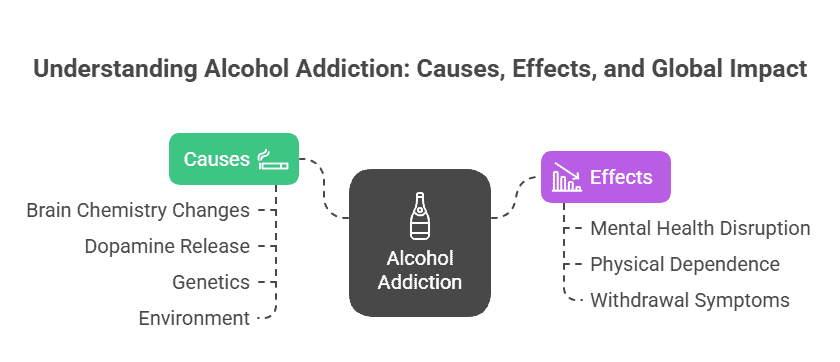
What Are the Causes of Alcohol Addiction?
The common causes of alcohol addiction are genetic, psychological, and environmental. The main causes are explained below:
Genetic Predisposition
Family history strongly influences risk. Twin and adoption studies suggest 40-60% of addiction risk is heritable (Verhulst et al., 2015). A person with one alcoholic parent is four times more likely to develop alcohol dependence.
A notable study from North India, ‘Association of ADHIB and ALDH2 Gene Polymorphisms with Alcohol Dependence: A Pilot Study from India,” found a uniquely high frequency of the ALDH2*2/*2 genotype among alcohol-dependent individuals, which is considered a substantial risk factor for alcohol addictedness. This genotype affects metabolism, precipitating slower alcohol breakdown and potentially influencing addiction susceptibility.
Mental Health Disorders
Stressful environments, peer pressure, and the availability of alcohol play major roles in alcohol addiction. For instance, college students exposed to heavy drinking culture have higher rates of alcohol misuse.
What Are the Common Symptoms of Alcohol Addiction?
The common symptoms of alcohol addiction include physical symptoms such as slurred speech and gastrointestinal issues, behavioural symptoms such as neglecting responsibilities and financial problems, and psychological changes, including memory issues. The main categories are explained below:
Physical Symptoms of Alcohol Addiction
Physical symptoms of alcohol addiction are bodily signs that show how alcohol misuse damages health, accelerating in severity with long-term dependence. The most frequent symptoms are:
- Nausea and vomiting
- Hand tremors
- Sweating
- Slurred speech
- Memory blackouts
- Poor coordination
- Fatigue
Behavioural Symptoms of Alcohol Addiction
Behavioural symptoms of alcohol addiction are outward actions showing loss of control and risky drinking patterns. The most observed behavioural symptoms are:
- Drinking larger amounts than intended
- Neglecting responsibilities
- Social withdrawal
- Aggressive or reckless behaviour
- Continued use despite problems
Psychological Symptoms of Alcohol Addiction
Psychological symptoms of alcohol addiction are mental and emotional effects that worsen with alcohol tolerance and emotional dependence. The most common examples include:
- Cravings
- Irritability
- Anxiety
- Depression
- Impaired judgment
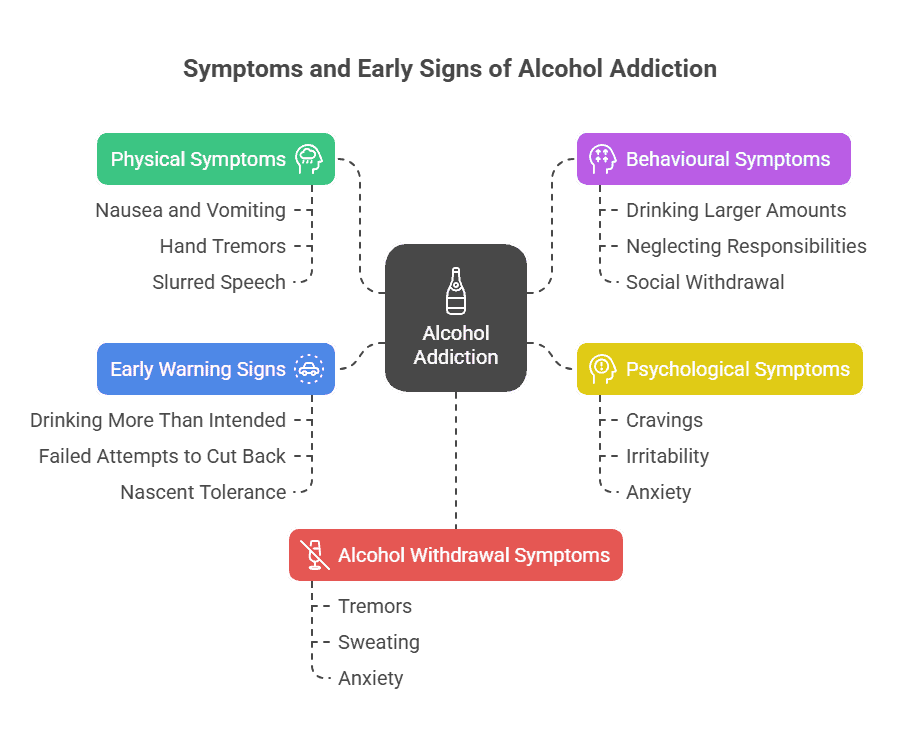
What Are the Early Warning Signs of Alcohol Use Disorder (AUD)?
The early warning signs of alcohol use disorder (AUD) are drinking more than intended, failed attempts to cut back, nascent tolerance, and alcohol withdrawal symptoms like sweating, nausea, and anxiety. India ranks among the highest in the world in heavy episodic drinking, with a substantial burden measured by disability-adjusted life years (2.6 million DALYs) and societal costs estimated at Rs 6.24 trillion in 2021, according to the Indian National Family Health Survey (NFHS-5), 2019-21.
What Are the Symptoms of Alcohol Withdrawal?
The symptoms of alcohol withdrawal are tremors, sweating, nausea, vomiting, anxiety, insomnia, and irritability. More serious manifestations, such as seizures, hallucinations, and delirium tremens (DTs), develop in heavy or long-term drinkers. DT occurs in 5-20% of patients experiencing detoxification and in one-third of untreated cases, as detailed by Perry E. 2014 in “Inpatient Management of Acute Alcohol Withdrawal Syndrome.”
What Are the Effects of Alcohol Addiction?
The effects of alcohol addiction are short-term and long-term, with both forms contributing to physical harm, mental decline, and social problems. The short-term and long-term effects of alcohol addiction are indicated as follows:
Short-term Effects of Alcohol Addiction
Short-term effects are immediate consequences of excessive drinking that impair daily functioning and increase accident risks. The short-term effects of alcohol addiction are:
- Slurred speech
- Impaired coordination
- Blackouts or memory gaps
- Risky behaviours such as unsafe sex or drunk driving
- Hangovers with nausea and headaches
- Injuries from falls or accidents
- Alcohol poisoning
Long-term Effects of Alcohol Addiction
Long-term effects result from sustained alcohol use, leading to progressive organ damage, chronic diseases, and a higher mortality risk. The long-term effects of alcohol addiction are:
- Liver diseases such as cirrhosis and hepatitis
- Cardiovascular complications (hypertension, stroke)
- Neurological damage, including cognitive decline
- Elevated risk of cancers (mouth, liver, breast)
- Mental health disorders like depression and anxiety
- Weakened immune system
- Social and occupational decline
How Does Chronic Alcohol Use Affect the Liver?
Chronic drinking causes fatty liver, hepatitis, fibrosis, and cirrhosis. The WHO reports that alcohol causes 50% of all liver cirrhosis deaths globally. In India, alcoholic liver disease accounts for nearly 40% of liver disease cases. A systematic review and studies from India note that alcohol is the number one cause of cirrhosis in adults, accounting for around 43.2% of cirrhosis cases, followed by non-alcoholic fatty liver disease (NAFLD) and viral hepatitis, as investigated by Swaroop et al. 2024 in “Etiological Spectrum of Cirrhosis in India: A Systematic Review and Meta-analysis.”
How Does Chronic Alcohol Use Affect the Brain?
Chronic alcohol use affects the brain by shrinking brain volume, impairing memory, and precipitating cognitive deficits. Between 50% and 80% of patients experience cognitive impairments, as referenced by Bernardin et al. 2014 in the study “Cognitive Impairments in Alcohol-Dependent Subjects.”
How to Treat Alcohol Addiction?
To treat alcohol addiction, evidence-based therapies combine medical and psychological approaches. The main treatments are explained below:
- Detoxification: A supervised process that assists the body in clearing alcohol while managing withdrawal symptoms, being the first phase of alcohol de-addiction, ensuring stabilisation before ongoing therapy.
- Behavioural Therapy: Approaches such as Cognitive Behavioural Therapy (CBT) help patients identify triggers and build coping strategies.
- Support Groups: Programs like Alcoholics Anonymous (AA) provide peer support and accountability.
- Medications: FDA-approved drugs such as naltrexone, acamprosate, and disulfiram minimise cravings or deter alcohol use.
- Inpatient or Outpatient Rehabilitation Programs: Structured programs offer medical, psychological, and social support.
What Is the Recovery Process of Alcohol Addiction?
The recovery process of alcohol addiction is a staged approach beginning with detoxification to manage withdrawal, followed by behavioural therapy like CBT, which lowers relapse risk. Support groups such as AA improve long-term outcomes, while medications like naltrexone and acamprosate aid in reducing cravings.
With ongoing aftercare and relapse prevention, continuous treatment lowers relapse rates. Rates of inpatient treatment or hospitalisation for alcohol dependence are low in India, with estimates suggesting only about 1 in 180 individuals with alcohol dependence receive formal treatment, as informed by the Indian Ministry of Social Justice and Empowerment in a survey.



